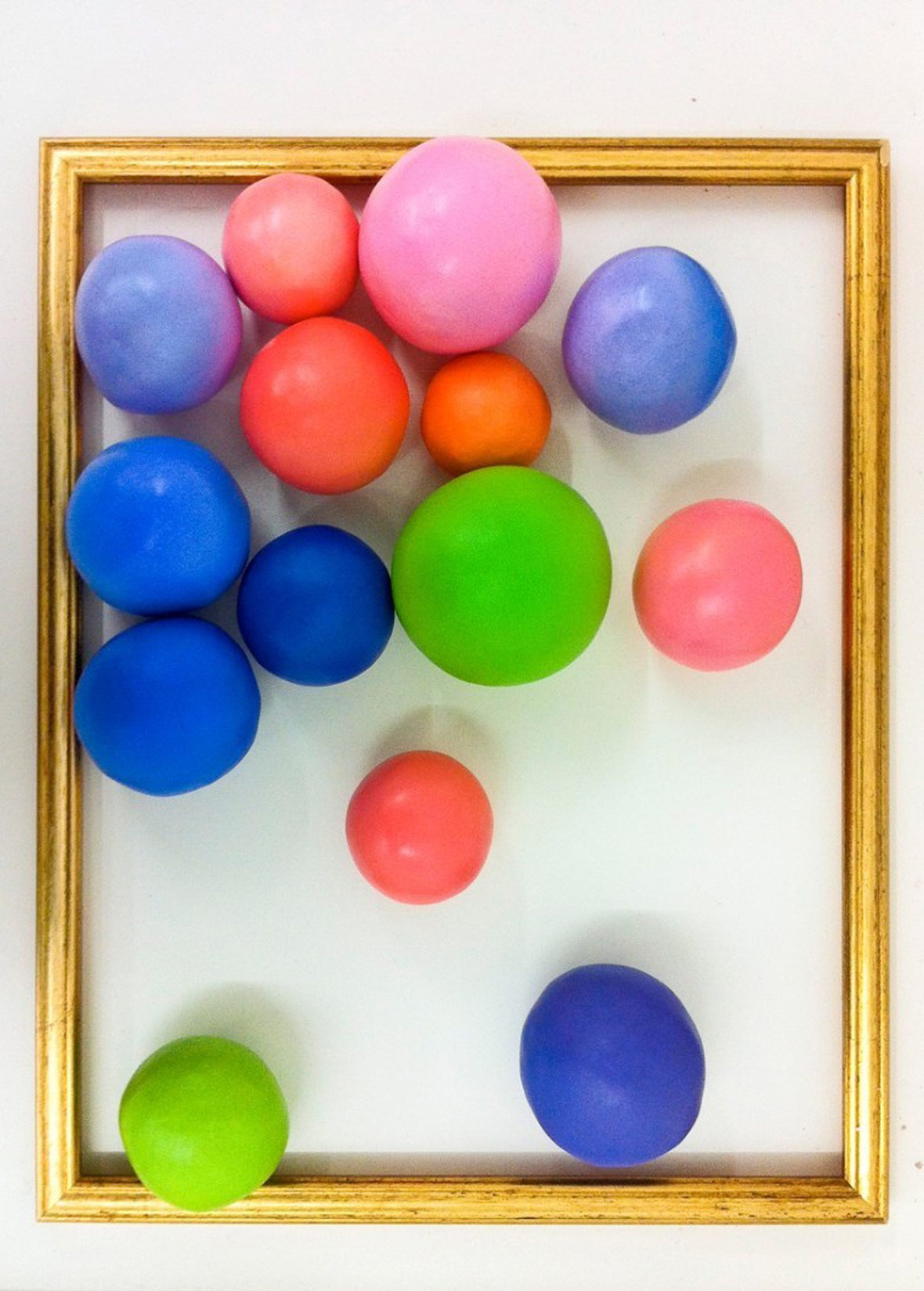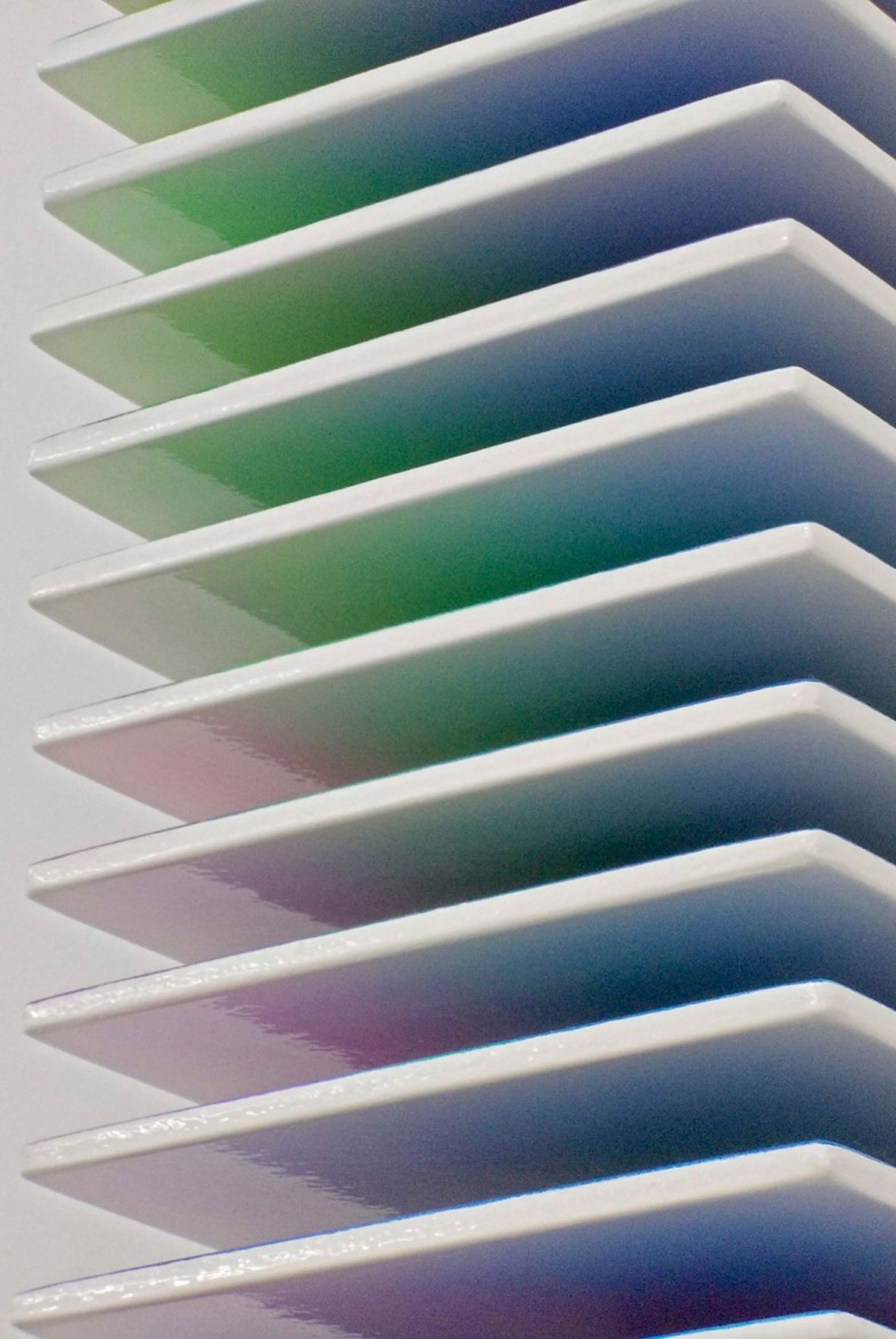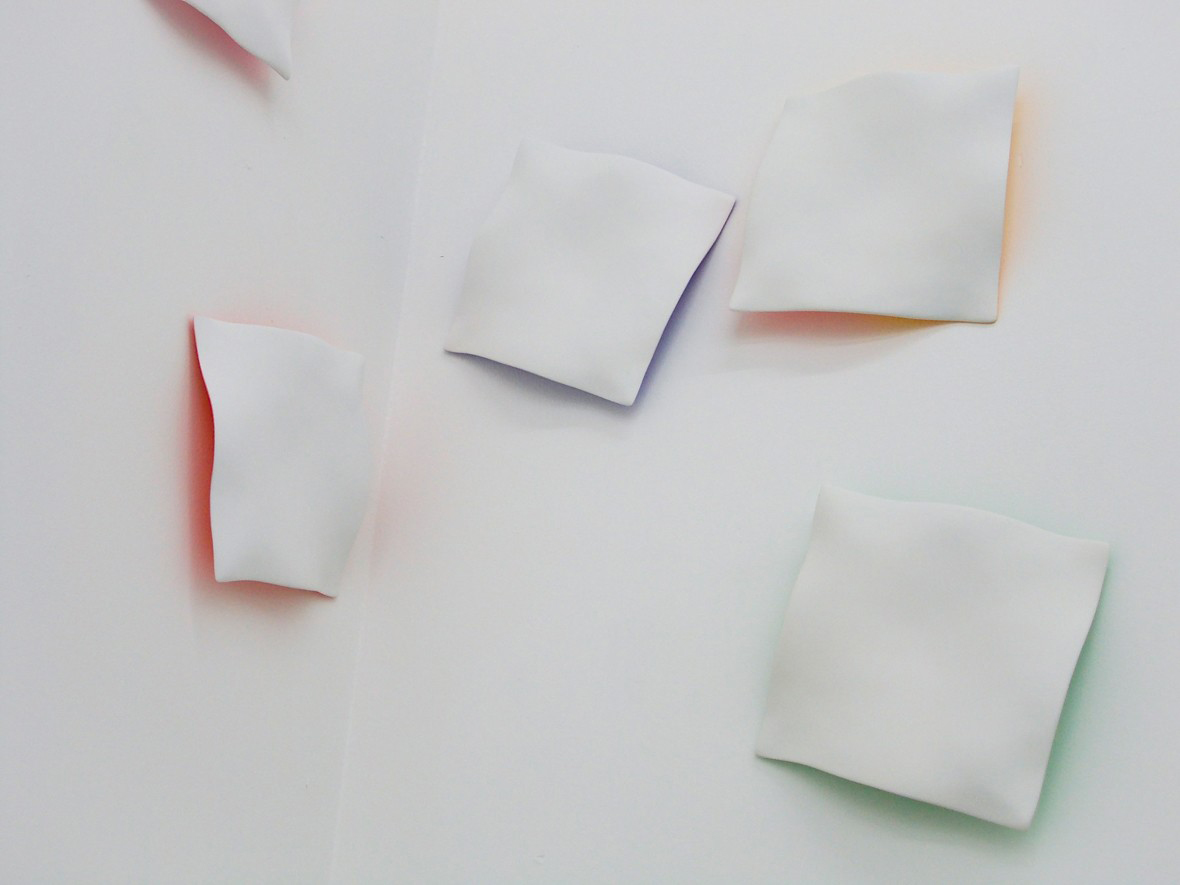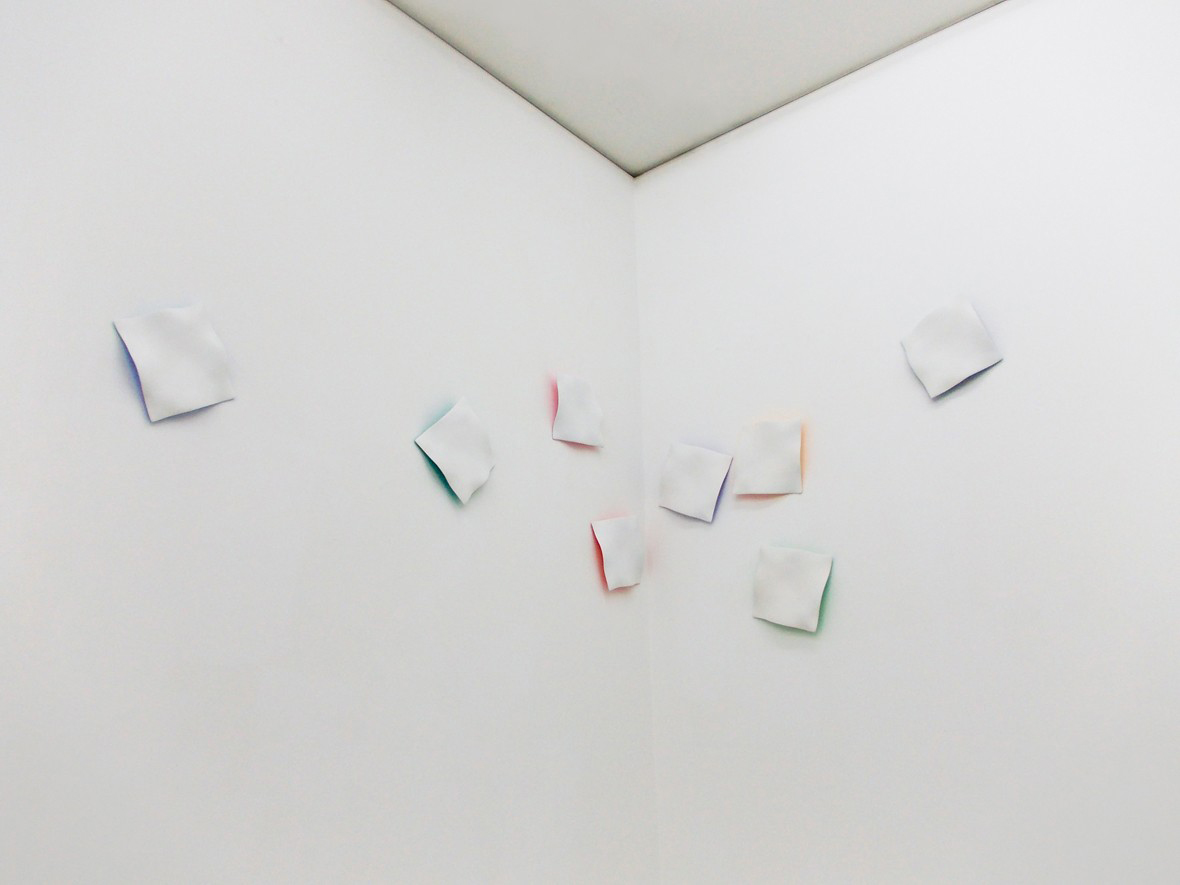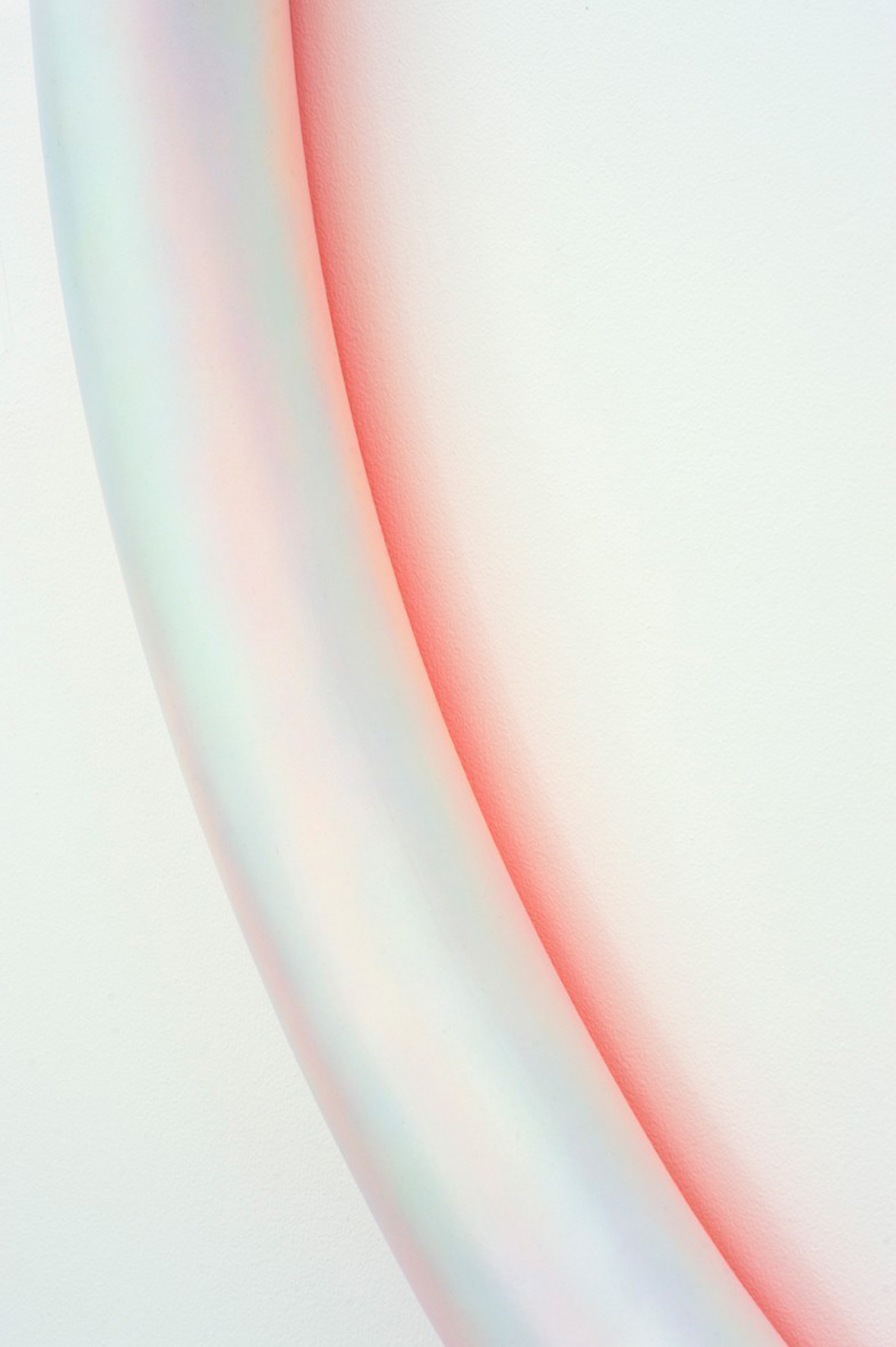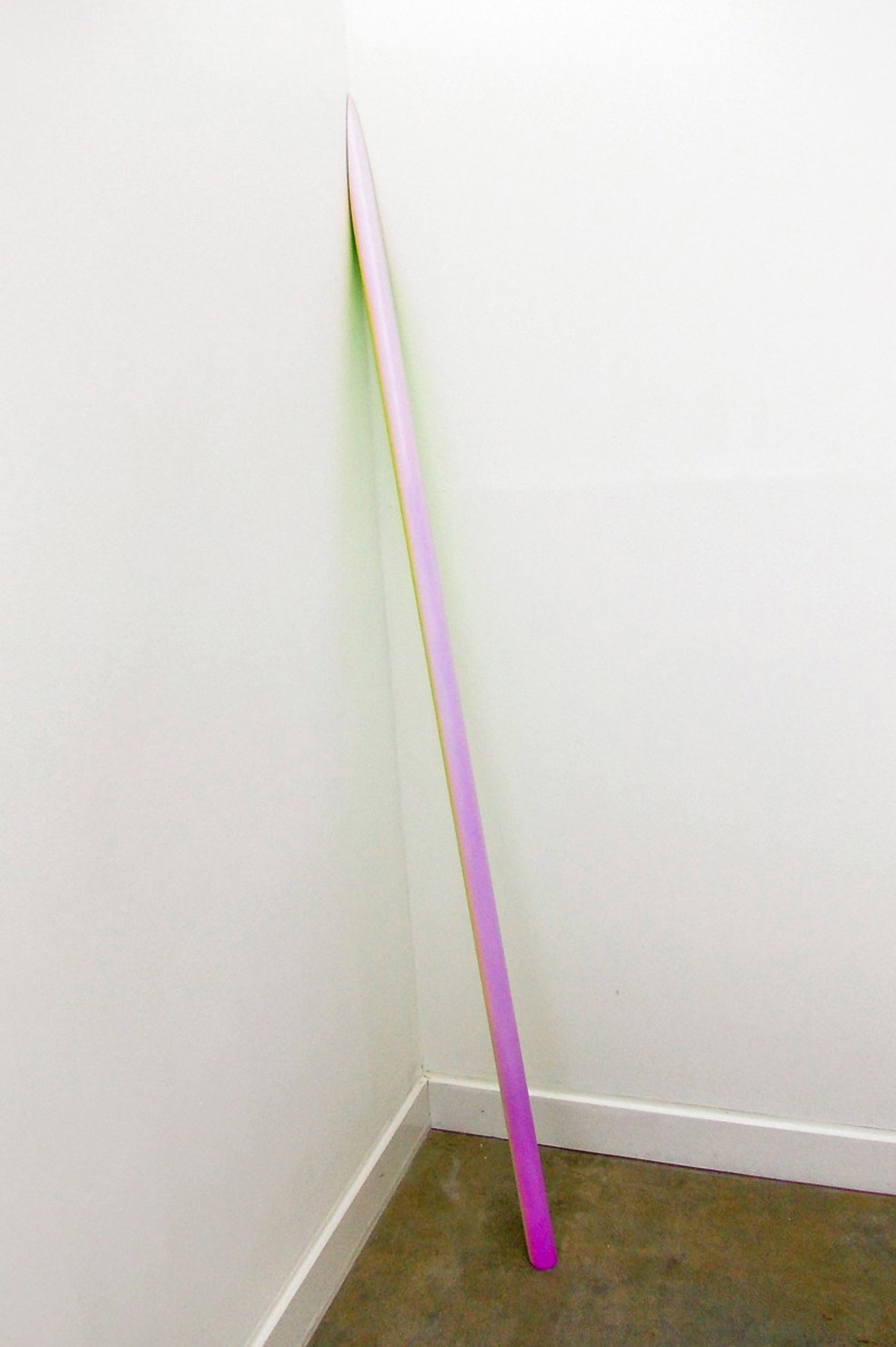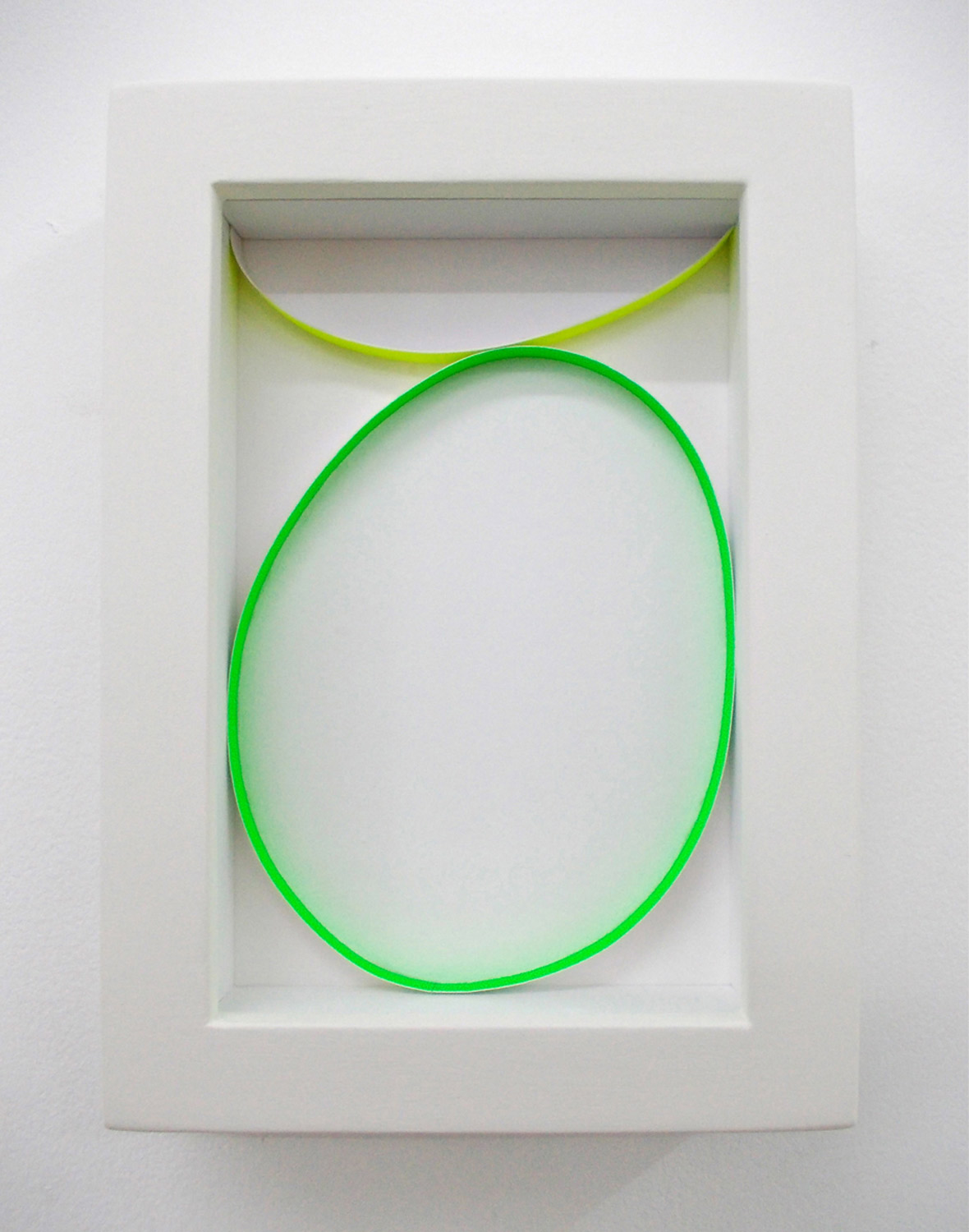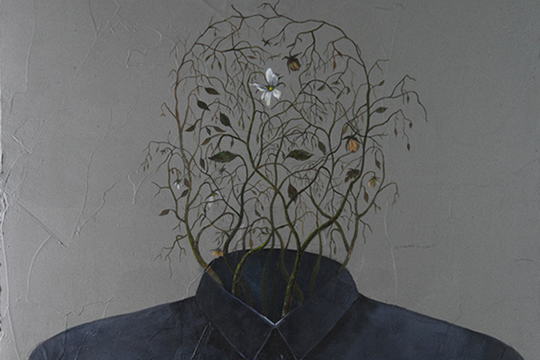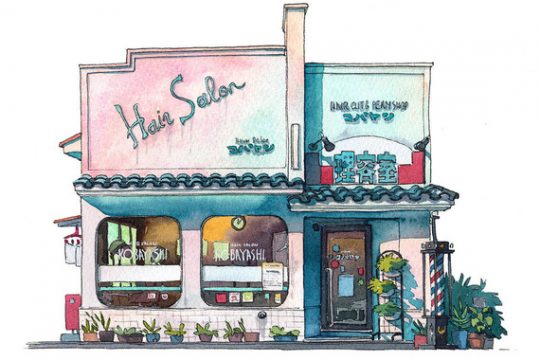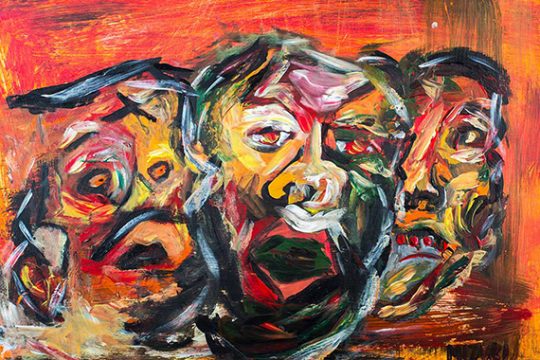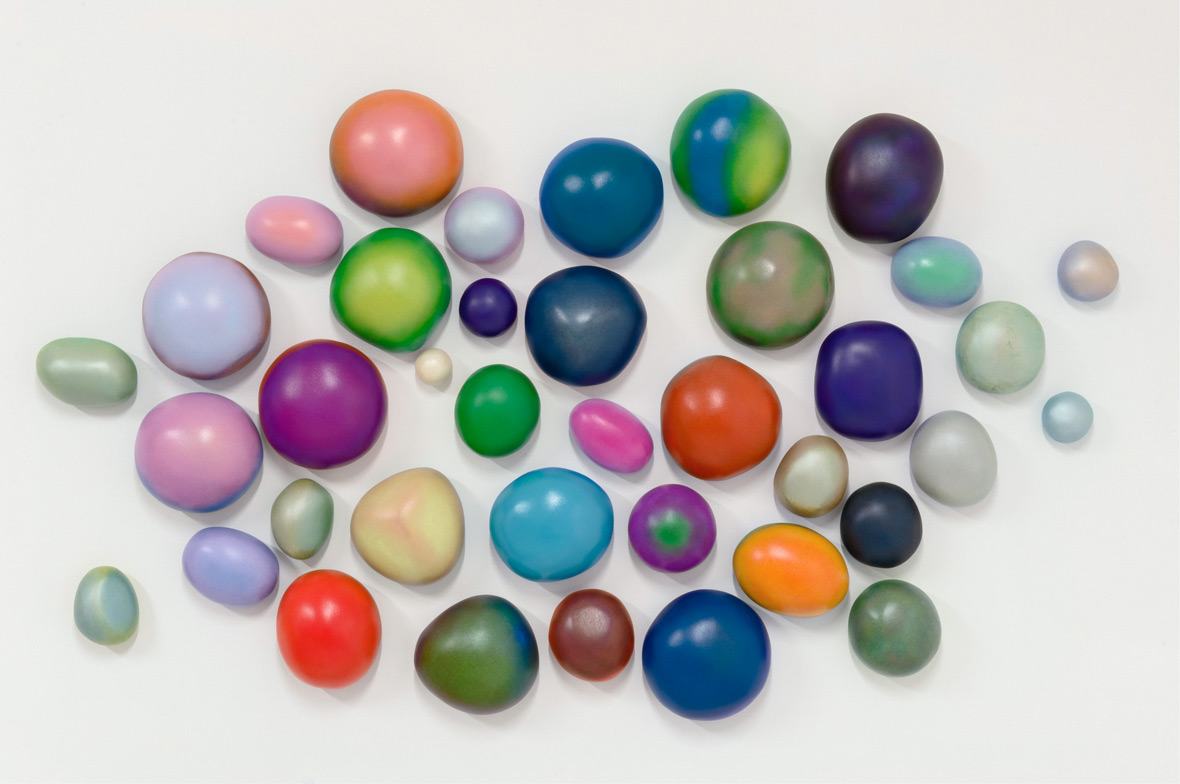
Having grown up in the northern Japanese city of Hokkaido, where it’s covered by snow for half of the year, artist Yukako Shibata’s inspiration is deeply rooted in her childhood memories of the snow-covered landscape. This influence can be seen in her work, in which she creates sculptures with organic shapes that are juxtaposed against white backgrounds.
一年の半分が雪に覆われる北海道で育ったアーティスト柴田祐加子のインスピレーションは、幼少時代に見た雪景色の記憶に深く根付いています。この影響が、白い背景を背に並んだ有機的な形を生み出す彼女の彫刻作品に見られます。
“Snow definitely gave me lots of inspiration to make my sculptures, and I feel like there’s a sense of harmony when white covers everything,” she says. Influenced by her nostalgic memories of snow, Shibata often uses the white walls and other part of the exhibition space as her canvas.
「確かに、雪は私の彫刻制作に大きなインスピレーションを与えてくれたもので、白がすべてを覆う時、そこには調和という感覚が生まれる気がします。」と柴田さんは語ります。懐かしい雪の思い出に影響された彼女は、白い壁やその他の展示スペースをキャンバスに見立てて使うことが多いものです。
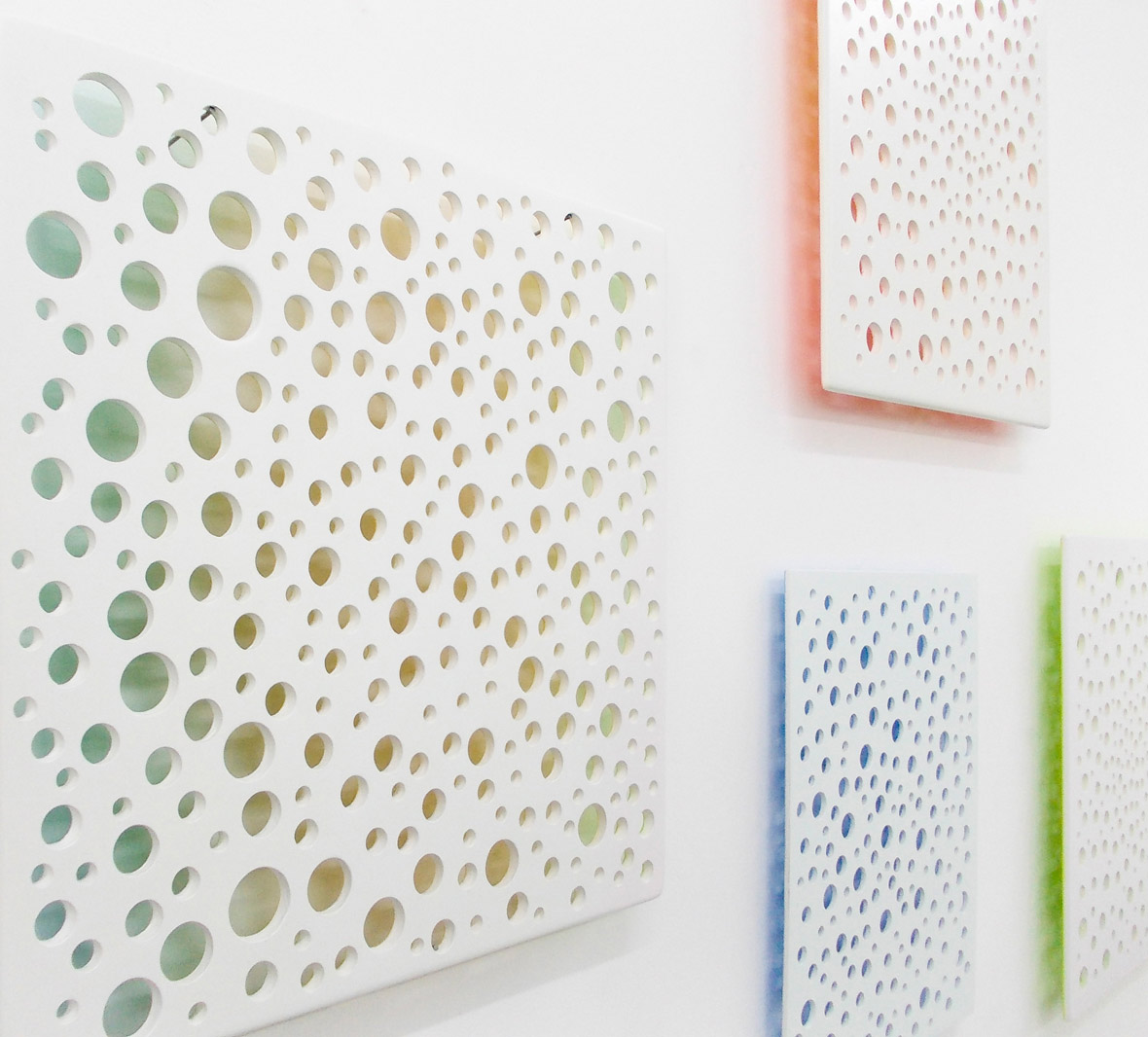
Shibata is more intrigued by shadows, reflections, colours, and the negative space of the surrounding environment as opposed to the actual object itself. She’s also fascinated by small, seemingly trivial things. Shibata’s sensitivity to the mundane is evident in Breeze, where she used eight pieces of plaster, similar to wrinkled paper or plastic bags, and painted them white before placing them onto an all-white wall. Colors painted on the back of the plaster are reflected onto the all-white wall by natural light, adding a magical, ethereal quality to the creation.
柴田さんは、実際のオブジェそのものに対立するものとして、周辺環境の影、反射、色彩、余白により興味をそそられます。彼女はさらに、小さく一見些細なものにも惹かれます。日常的なものへの柴田さんの感受性は、くしゃくしゃの紙切れかビニール袋に似た8個の石膏のかけらが白く塗られて真っ白な壁に配置された作品Breezeを見れば明らかです。石膏の裏側に施された色彩は、自然光によって真っ白な壁に反射し、この世のものとは思えない不思議な質感を醸し出しています。
Colour is an important subject in Shibata’s art. “My colours tend to be understated in terms of its hue and vibrancy. Having said that, I actually use the strongest possible colours, such as fluorescent ones, but I hide them by turning the colourful side to face the wall, so that all you see is the reflection of the colour,” Shibata explained. “When it comes to my painted surfaces, no matter how subtle and pale the colours may be, there is a long process of layering and glazing the different colours over time to achieve the soft shimmering effect. My colour is slow in revealing itself and requires a bit of time to tune into. At first glance, you may see not very much, and as you observe longer you will gradually begin to notice more and more details.”
色彩は柴田さんの作品の主役となるものです。「私の色彩は、色調や鮮やかさに関しては地味なものです。とは言え、実際には蛍光色など可能な限り強い色を使うのですが、そういった色鮮やかな面を壁に向けて隠し、その色の反射だけが見えるようにしています。」と、柴田さんは解説します。「色が塗られた表面については、どんなに微妙で淡い色であっても、優しく光る効果が現れるまで、時間をかけて何層にも様々な色を塗り重ねてゆく長いプロセスがあります。私の色彩は、すぐに目を引くものでなく、それと認識するには少し時間がかかるものです。一見したところほとんど何も見えないものの、長く眺めるうちに、次第に細部が見えてくるのです。」

Shibata’s work also often revisits similar forms and shapes, commonly working with circles, spherical, round, or egg-like forms. She explains that this personal preference is beyond intellectual understanding and she’s simply led by her instincts. “A circle is the most complete and self-containing abstract form that symbolizes the beginning of everything. It symbolizes life, our world, and even eternity in different cultures, hence I feel like it suggests something greater,” Shibata explains. “Modeling or carving round forms is satisfying and feels really natural to me. It’s pleasing to my eyes, and the process also feels quite nurturing for the soul.”
柴田さんの作品は、一般に円形、球体、輪、卵型といった形を用いることが多く、類似する形を再考するものでもあります。自身のこういった優先傾向は頭で理解できることではなく、ひたすら本能的なものであると彼女は説明します。「円形は、すべての始まりを象徴する最も完全な自蔵の抽象形です。生命や我々の世界、さらには様々な文化における永遠をも象徴するものであることから、円形が何か偉大なものを暗示する気がするのです。」と解説します。「円形を形作ったり彫ったりすることはやりがいのある作業で、自分にとってごく自然なことなのです。目に心地よく、そのプロセスにも精神が養われる気がします。」
Shibata says that White Circle is one of her most understated works, which she describes as an experimental and conceptual idea. Minimalistic and colorless, the shadow is the dominant aspect of this creation. During exhibitions, it’s also purposefully placed in a slightly higher position in the gallery.
柴田さんは、自ら実験的かつ概念的アイデアと表現するWhite Circleが自身の作品のうちで最も地味な作品の一つであると言います。ミニマルで無色のこの作品を支配するものは影です。展覧会開催中、この作品は意図的にギャラリー内の若干高い位置に展示されます。
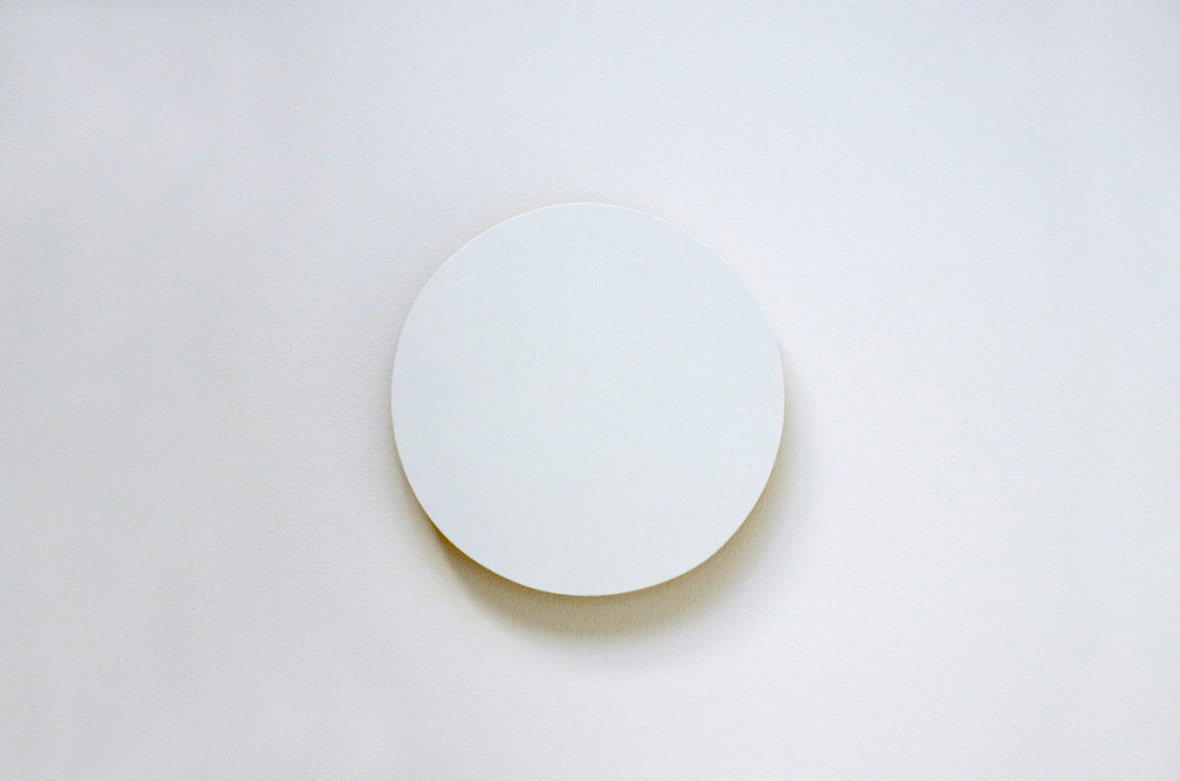
In Circles & Gold Frame, Shibata used egg-shaped objects and took a more formal approach. She placed several colourful round objects in a traditional gold picture frame, which questions the notion and tradition of painting and frames. She said, “I wondered what if I give a frame to my sculptures that obviously doesnʼt require one. My sculptures are bigger and can’t be contained by the frame. They aren’t being protected. Would it change anything?”
Circles & Gold Frameで、柴田さんは卵型のオブジェを使い、より形式的なアプローチを採用しました。絵画と額の概念と伝統に異議を唱えるように、色鮮やかな複数の丸いオブジェを古風な金色の額の中に配置したものです。彼女は、「額など当然必要ない自分の彫刻に額を付けたらどうだろうと考えたんです。額より大きな私の彫刻は額に入りません。彫刻は額に保護されていないわけです。それで何かが変わるでしょうか?」
